*Mergers, acquisitions, and partnerships

We are experiencing a unique moment in the history of the medium. The rate at which partnerships are being forged, coupled with acquisitions and merger, is off the charts. There is something about these times that have stimulated a frenzy of activity.
I’ve tried to write this post three times over the past three days. And every time I sit in front of the keyboard to put it together, a new merger, sale, or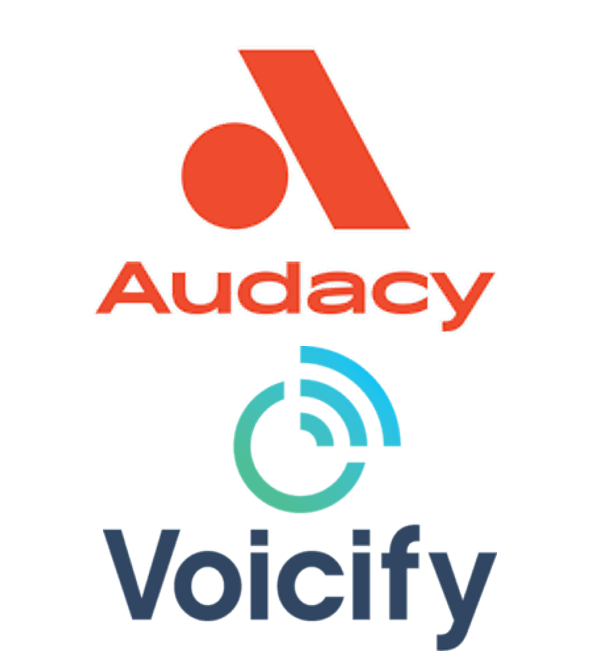 collaboration is announced. It happened again last evening when Audacy announced it was partnering with a “conversation management software company” – Voicify.
collaboration is announced. It happened again last evening when Audacy announced it was partnering with a “conversation management software company” – Voicify.
According to the story in Inside Radio, Voicify will enable station skills to be more accessible for audience members. On the sales side, Voicify will “deliver interactive voice ads” for clients.
And that was yesterday. It seems like no more than a day or two goes by without a similar announcement heralding a merger, an acquisition, or partnership. Why the frequency and why the frenzy?
I wonder whether the same effect COVID has on on individuals and families where there’s a pressing need to reassess the situation and to act is playing out similarly with businesses, brands, and organizations. Companies may be weighing the pros and cons differently nearly two years into the pandemic.
The thinking is if we don’t quickly evolve and adapt, we may be passed over by companies that are building more quickly, more aggressively, and with less pause. In today’s tech-intense environment where most legacy companies lack the resources in many different sectors – data, distribution, content creation, programmatic selling, Artificial Intelligence – shoring up a deficiency via a merger, acquisition, or partnership often becomes a pragmatic solution to a difficult challenge.
Typically, radio broadcasters don’t have the qualified personnel in many of these areas, thus necessitating a formal mashup companies that do.
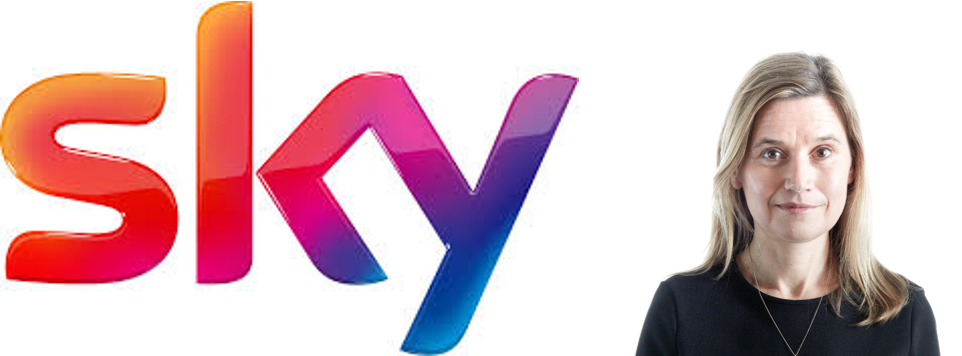
Back in 2018 at CES, I attended a great session on the C-Space stage with Sky Networks’ Emma Lloyd. Her title said it all – Director of Business Development and Partnerships. After 14 years with Sky, Emma left for greener pastures – Netflix – but her words about the value of partnerships for legacy media, like TV – and radio – still resonate:
“I don’t see any fundamental difference between the radio industry and television in terms of partnership benefits.”
These strategic collaborations do more than just combine forces or facilitate shared resources. I interviewed Emma after CES, and she reminded me that partnering with other good companies could be beneficial for both parties.
Spending time with people from big companies in adjacent fields can yield information of great value to executive teams seeking to expand their expertise, influence, and footprints. Being “in the room where it happens” can provide information and perspective a legacy broadcaster might not have.
The Audacy/Voicify partnership is just the appetizer of what is looking like a ten-course meal. M.A.P.s – mergers, acquisitions, and partnerships – now make up headlines on a routine basis in our industry trade publications. Whereas it was once about radio companies acquiring other stations, groups, and other radio companies, the strategic investment action has switched to partnerships, collaborations, and in some cases, scooping up companies that are additive to a portfolio.
To put this theory to the test, consider last week alone, at least two partnerships involving public companies that were once “mostly radio.” Audacy cut a deal with Hard Rock to expand its footprint live events and festivals, while iHeart consummated a deal with Imagine Entertainment to create an audio division to produce unscripted podcasts.
iHeart’s head of the company’s Digital Audio Group, Conal Byrne (pictured), explained how each company’s skill set would complement the others: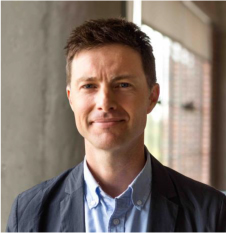
“Imagine stands for the very highest quality content – behind some of the greatest film, TV and digital content the world has seen. As the largest podcast network in the world, our goal is simple and consistent: We want to work with the most innovative, passionate storytellers in the world — producers who don’t just work in mediums, but who pioneer them. That’s Imagine.”
Radio’s two biggest companies are especially active in sports gambling efforts. This includes Audacy’s partnership with FanDuel and iHeart’s collaboration with Draft Kings. These alliances help to ensure both companies will reap the benefits from this emerging sector, while bringing their brand reach to the sports wagering vertical.
They don’t all work, of course. Urban One‘s quest to build a casino in a Richmond, Virginia suburb was defeated in a referendum last month. But the company and its backers are prepared for a subsequent vote on the project at a later point. Again, all these efforts are built around the gambling frenzy that has moved well beyond Vegas and Reno.
 But that’s just the tip of the alliance iceberg. In 2021, iHeart bought Triton, Audacy wrapped up its deal to purchase Wide Orbit, and the beat went on. In recent years, it’s been Beasley investing in the Houston Outlaws’ e-sports franchise in 2019, and Rogers Media signing the bottom line to acquire Pacific Content, a branded podcast company a year earlier.
But that’s just the tip of the alliance iceberg. In 2021, iHeart bought Triton, Audacy wrapped up its deal to purchase Wide Orbit, and the beat went on. In recent years, it’s been Beasley investing in the Houston Outlaws’ e-sports franchise in 2019, and Rogers Media signing the bottom line to acquire Pacific Content, a branded podcast company a year earlier.
Interestingly, public radio hasn’t been sitting on the sidelines throughout this partnership frenzy. If anything, these stations and the companies, organizations, and universities that own them have been aggressive in the M&A department. But they tend to do things a little differently.
Rather than investing in “near-adjacent” businesses and sectors like their commercial radio counterparts seem to do, public radio tends to apply this megatrend more strategically. Most of their transactions involve bolstering their existing brands, rather than trying to create a presence in different business categories.
When it comes to podcasts, they tend to “grow their own.” And many public radio deals are designed to reinforce already strong images – like community news presence.
The most interesting of these is the recently announced acquisition of the Chicago Sun Times by leading Chicago public radio broadcaster, WBEZ. Long-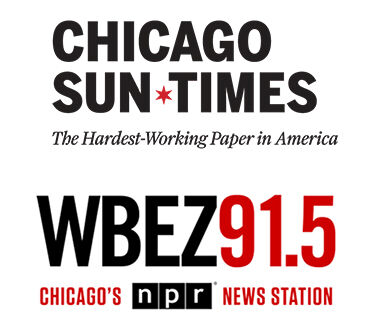 term, a goal of this strategic union is to “own” the local news position in the nation’s third largest market. I’ve discussed this blockbuster deal in this space before – clearly a shot across the bow to every other news organization throughout Chicagoland.
term, a goal of this strategic union is to “own” the local news position in the nation’s third largest market. I’ve discussed this blockbuster deal in this space before – clearly a shot across the bow to every other news organization throughout Chicagoland.
And then there are the “ists.” Back in 2018, three public radio stations purchased three local news sites that had been shut down by their billionaire owner, Joe Ricketts. Gothamist, LAist, and DCist were resurrected by WNYC, KPCC, and WAMU respectively – three smart stations seeking to bolster their local news presence.
KPCC’s Chief Content Office Kristen Muller said it all about these strategic acquisitions:
“The health of our local media landscape matters. The future of our city depends on engaged residents to make informed choices. We’re excited by the opportunity to bring LAist back into the fight.”
The acquisition of these community news services puts more journalistic boots on the ground – and online – in the nation’s most important news markets. And they provide a different type of coverage than their public radio partners tends to offer.
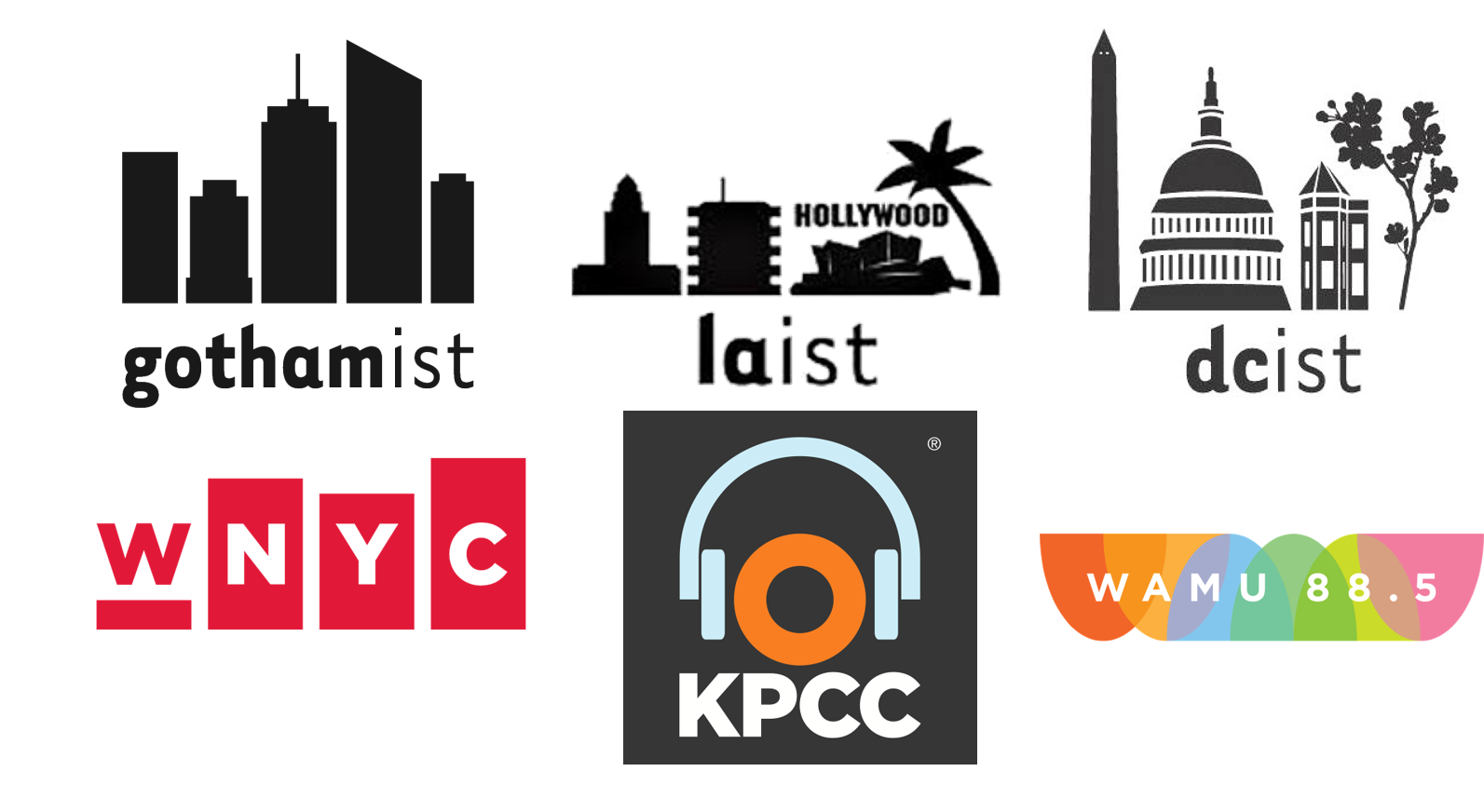
And these are the deals we’re seeing. How many conversations are taking place right now that might reshape the media landscape? All these moves are designed to expand influence, dominate coverage areas, and bring in new levels of expertise and talent. And more and more, companies are thinking strategically, rather than buying stuff with the nebulous goal of getting bigger.
This is a relatively new phenomenon for radio companies. For contrast, a look at back at December 2001 – just two decades ago – shows none of this activity. In Radio & Records and Radio Business Report, there’s all kind of action – but it’s mostly about the industry getting more deregulation so companies add more radio stations to their empire.
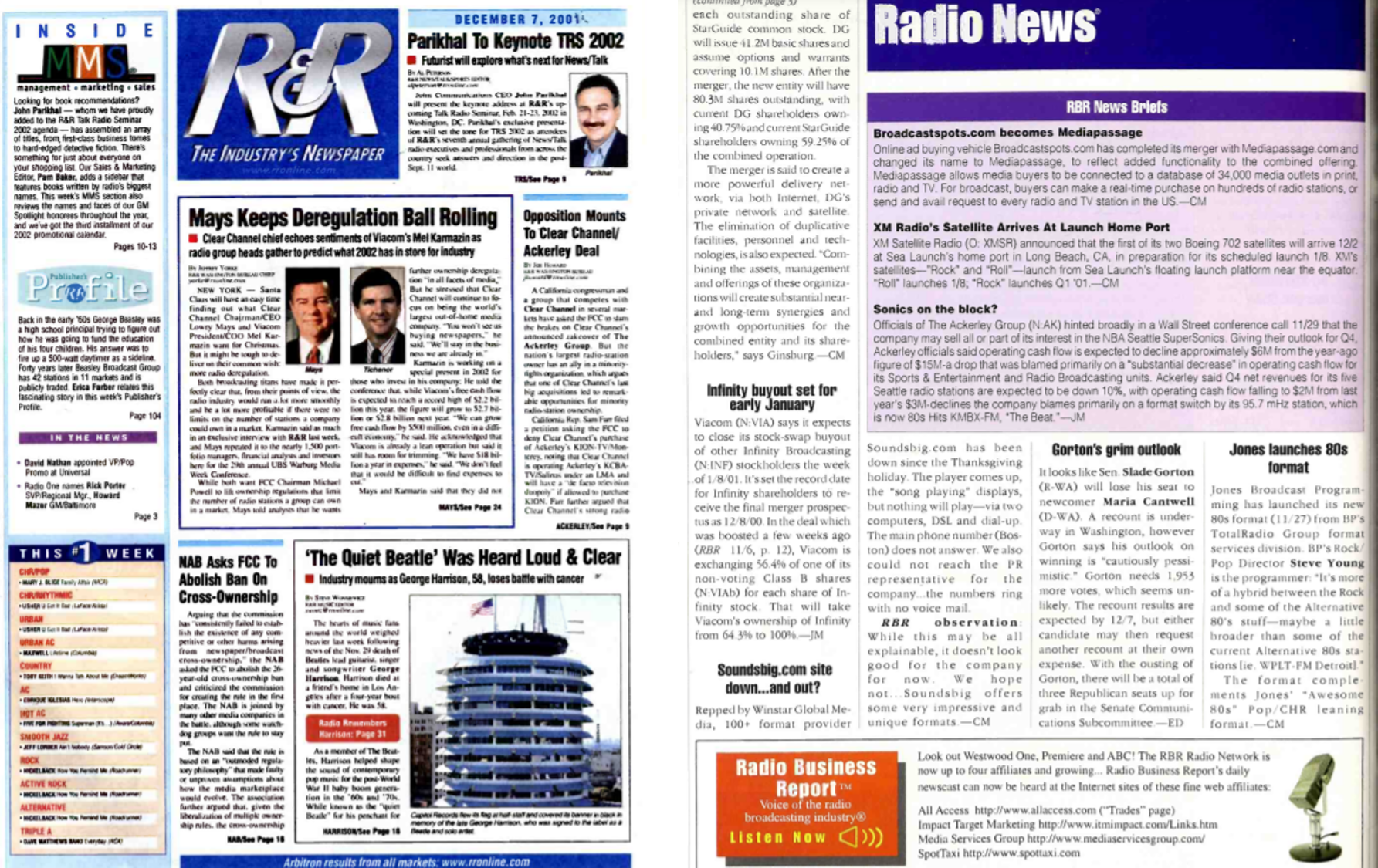
It may be tough to read the fine print, but there are stories about the Mays family seeking to expand Clear Channel (the former iHeartMedia), and Mel Karmazin growing his portfolio in the CBS/Infinity empire. If there were any indications that radio companies would begin to acquire or partner with non-radio businesses, it was well below the radar two decades ago.
(By the way, I would love to know what John Parikhal had to say to the Talk Radio Seminar back in 2002 or the story about the arrival of an XM satellite from Boeing set to launch the following March. )
The bottom line is that today’s partnerships, collabs, and acquisitions are being cut from a much different strategic cloth. They are designed to be additive to corporations once described as “radio,” but are now generally known as “media” operations.
But what about investments in the core radio brands that are still the foundation of every radio company already mentioned in this post. Creating more local M.A.P.s could also be part of the “secret sauce” of getting stronger by bringing in outside expertise. Yes, many companies have strip-mined their staffs, but many others still have core personnel who could benefit from some well-timed, strategic mergers and partnerships.
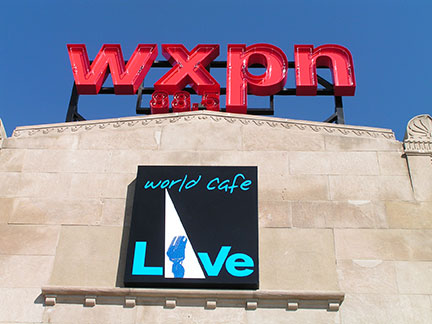
Think about about how WXPN in Philly has been able to utilize the World Cafe Live, an intimate concert venue in their building, to expose artists and groups – that is, being especially additive to the core mission of the radio station. The original deal came out of a partnership with an area concert promoter way back in 2004.
Jefferson Public Radio in Medford, Oregon has pulled off a similar deal with the Holly Theater, the biggest movie house in town that had fallen into disrepair. This is another partnership that marries music, radio, and local culture.
But these alliances don’t have to be around music. News stations (public or commercial) could collaborate with a local newsletter. Many of these have experienced growth – especially since COVID. For a radio station specializing in news and information, this type of alliance opens the door to more diverse coverage, up and coming journalists, and a more “digital first” approach to news.
A rock or alternative station could easily benefit from connecting with a free local entertainment newspaper, still common in many markets. Chances are, those fledgling newspapers could benefit from a radio station bullhorn. Conversely, the radio station would be in a much better position to truly be the entertainment and music leader in the market.
Interestingly, not every deal in 2021 hasn’t been about “near adjacent” acquisitions. It was also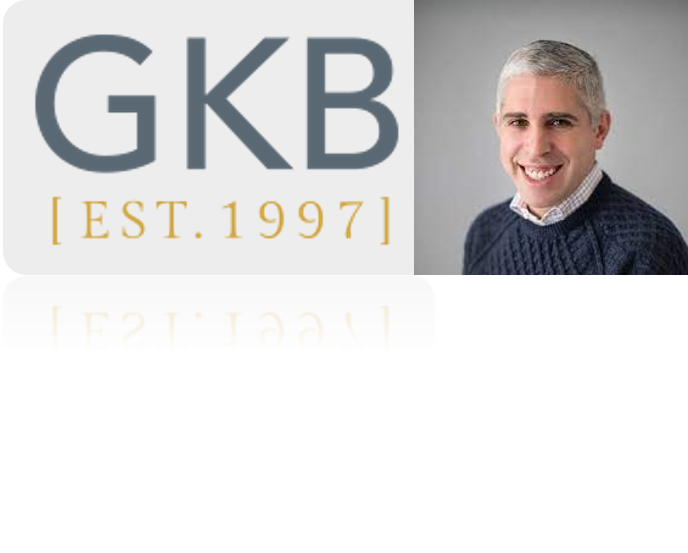 announced yesterday that Good Karma Brands, owned by Craig Karmazin, purchased the ESPN stations in New York City, Los Angeles, and Chicago as part of a larger effort to become a bigger player in sports radio.
announced yesterday that Good Karma Brands, owned by Craig Karmazin, purchased the ESPN stations in New York City, Los Angeles, and Chicago as part of a larger effort to become a bigger player in sports radio.
These are all AM stations which makes the deal more interesting. Not bad for a company that started with three stations in Beaver Dam, Wisconsin in 1997.
But Craig Karmazin’s sports empire is about more than being a broadcaster. He purchased and created the Tundra Trio across the street from the iconic Lambeau Field. Billed as “Green Bay’s first luxury tailgating destination,” these three party homes can be rented out for private events and parties on game days and year round.

The play here is the experiential side of sports – from the fan’s POV. By bringing together sports, parties, and events, GKB brings together the lifestyle aspect of being a sports fan in facilities perfectly customized for having a good time.
And this activity by Karmazin and GKB underscores how any radio broadcaster – even in the smallest of markets and communities – can creatively connect with other entities in town.
Mergers, acquisitions, and partnerships are a fast-emerging megatrend for radio broadcasting, an industry that until recent years, has operated pretty much in a vacuum.
They require imagination, innovation, and no shortage of guts.
But for radio broadcasters, they are proving to be “the next big thing.”
- Media And Technology In 2025: Believe It Or Not! - April 18, 2025
- In Radio, You Just Never Know - April 17, 2025
- The Secret To Making A Great Podcast (And Great Radio) - April 16, 2025



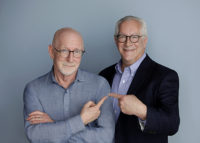
Connect & Present Properly. Build it and they will come.
Let’s hope so, Clark. Thanks.
What does “enable station skills to be more accessible for audience members” mean?
Mumbo–please meet Jumbo.
Somebody asked me the same question on social media. I don’t exactly know the answer, Bob. My assumption is that when a station launches a skill with extra content (i.e. a daily concert/events calendar), a listener won’t have to utter a hard-to-remember invocation to cajole Alexa to give out the information. But I don’t exactly know.
Fred, I find your 2nd area of observation (public media acquisitions) one of the most heartening. Could it be that the downside of radio ownership consolidation over the past decades–the loss of so much local focus–is being remedied by the pubcasters’ recent actions to wrest it back? We all know that local journalism has suffered, and these initiatives could just breathe some life back into the patient, to the benefit of an informed citizenry. In these dire times, that is more important than ever.
Hope for the future of broadcasting, John. We see pubcasters rising to the top of the ratings heap in many markets, and the staffing of these stations has increased while others have trimmed staff. If this is the case it wouldn’t be a bad thing.
The more I thought about it, John, that is the way I’m seeing it. Public radio may be placing more value on that NEWS image, especially when it comes to covering the local community. For radio stations that some say are over-reliant on network programming from NPR, the BBC, APM, etc., the focus on hometown news, events, and culture is heartening. Give how so many newspapers have called it quits or are in the “death spiral,” and how many commercial stations have cut way back on news coverage, there may be a “there there” for public radio. Thanks for the affirmation.
I think that a lot of this is due to companies realizing that there indeed are a lot more opportunities (and a lot more different types of opportunities) than there were in years or decades past. That’s definitely a good thing.
To add another example, Radio Milwaukee (WYMS) is launching a “sound café” at its facilities–called Deadwax…
https://radiomilwaukee.org/story/arts-culture/radio-milwaukee-introduces-its-new-sound-cafe-deadwax-and-shares-menu
Eric, I’m actually surprised I didn’t hear from more stations who have pulled off partnerships, mergers, or purchases of a cool “adjacent” business. It’s clearly a trend, and it opens up the doors to more innovation when we think outside the boom box. (Sorry.)
Fred: It pains me to say this but on the most recent buy for a major client regarding the Oxford school tragedy, we placed budgets on 9 DETROIT stations. In looking at the Nielsen research the highest rated station in its best day part for persons 12+ had a rating of .5. Most of the stations had .1, .2 and .3. I don’t need to tell you that that’s a serious problem. I’m sure open to suggestions but I have the feeling that the MAPs are defensive. Fred.
Given those puny listening levels, Bob, that may indeed be part of the calculus. Thanks for the necessary bucket of cold water.